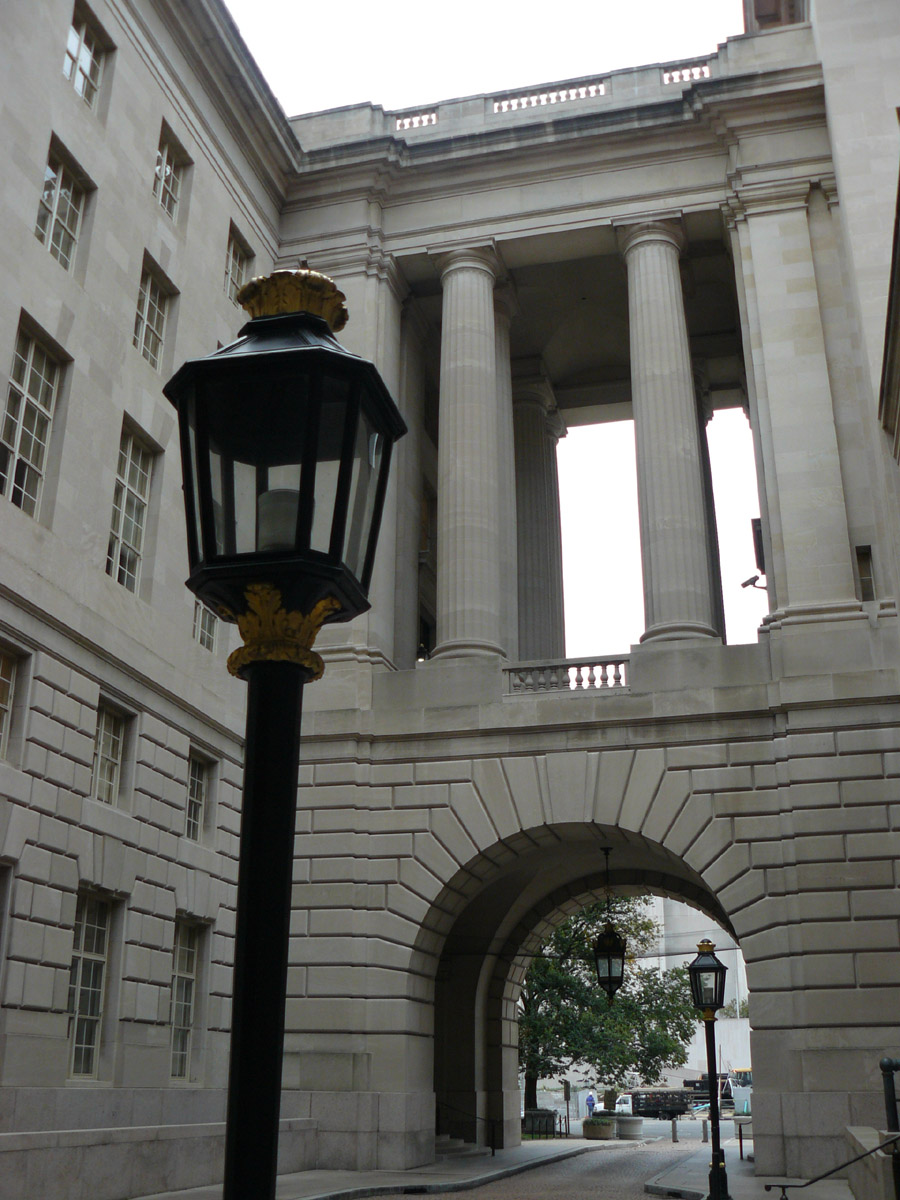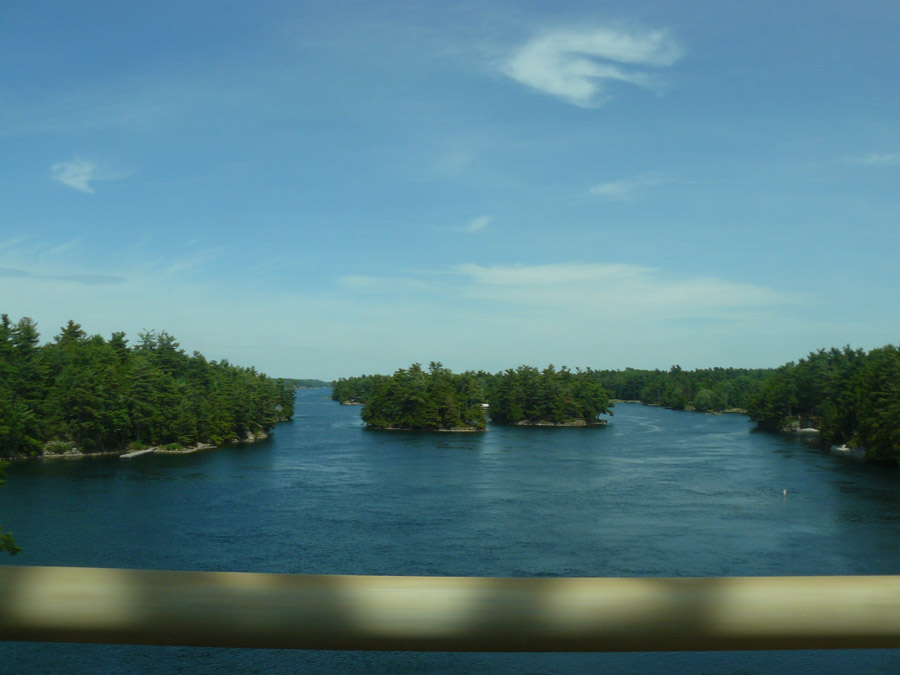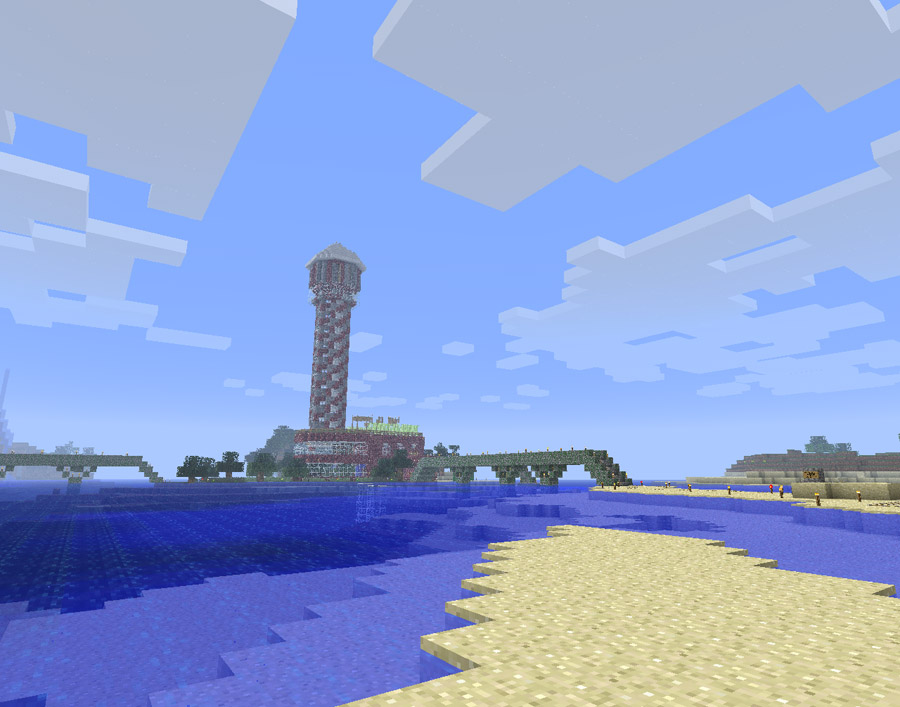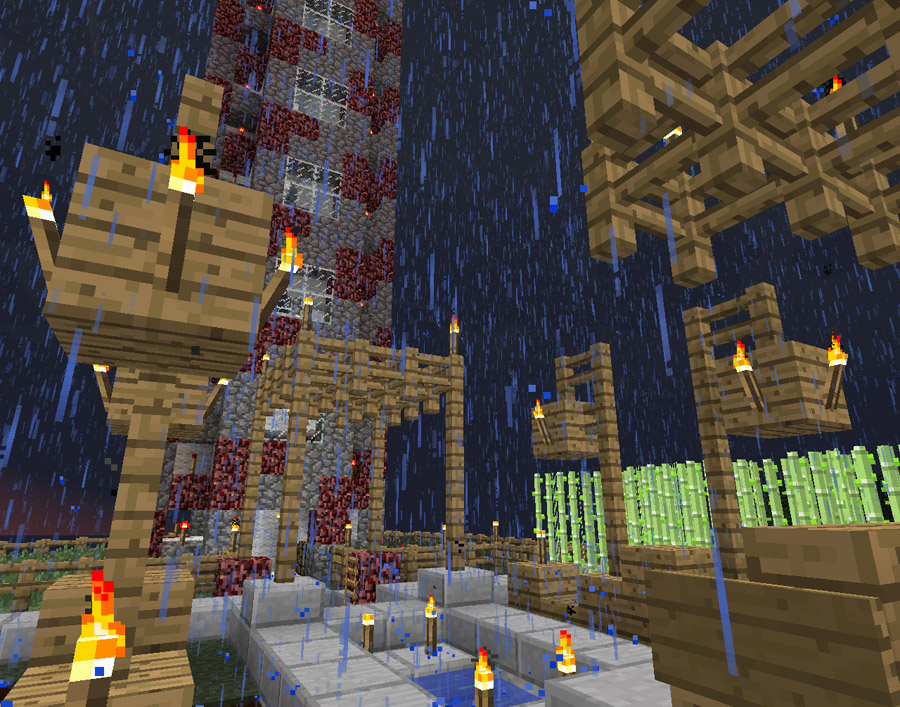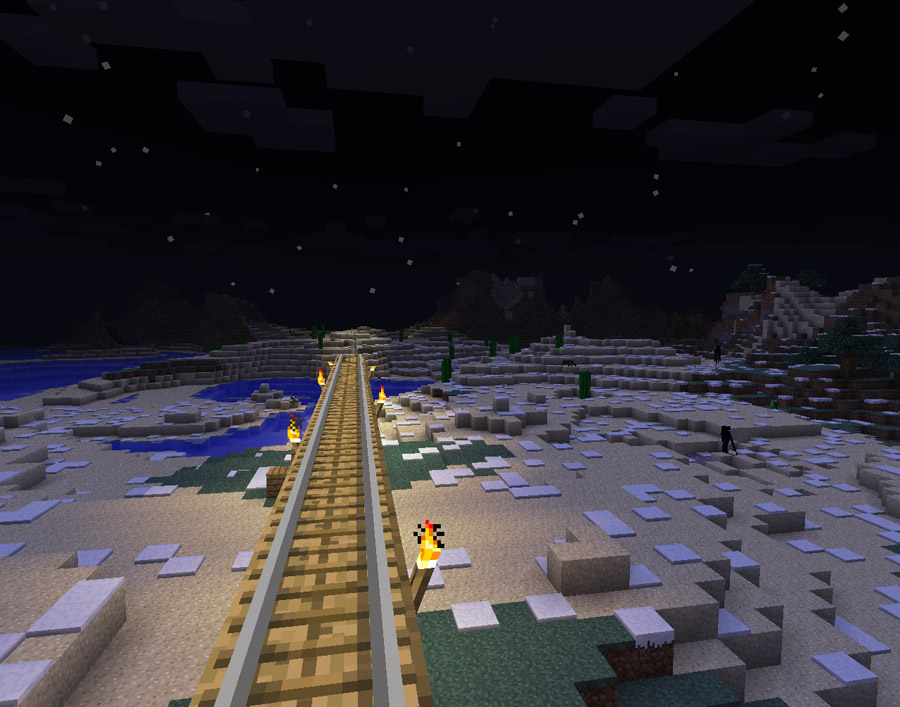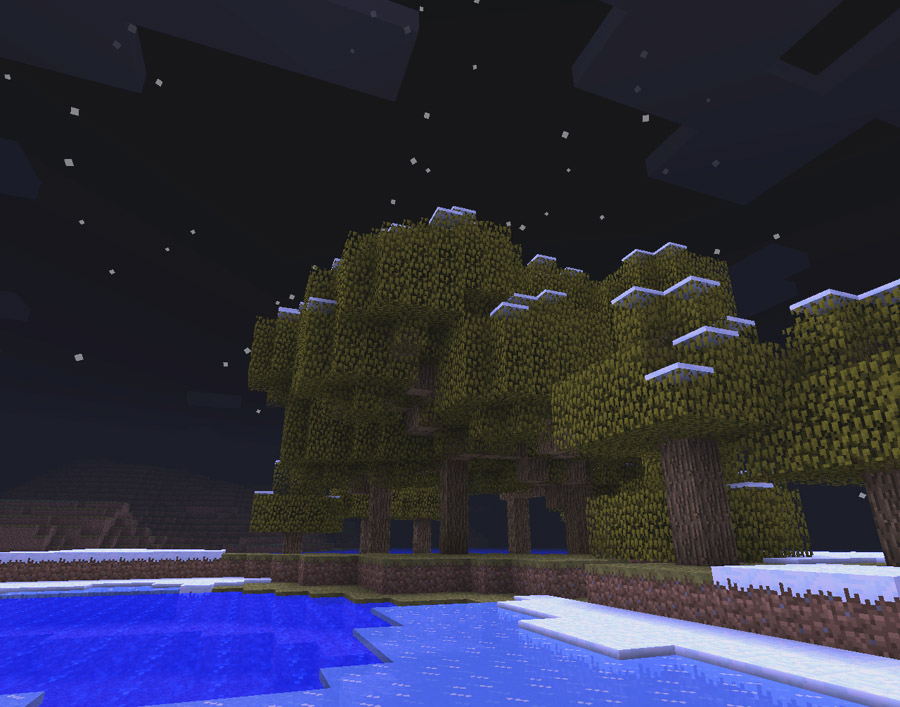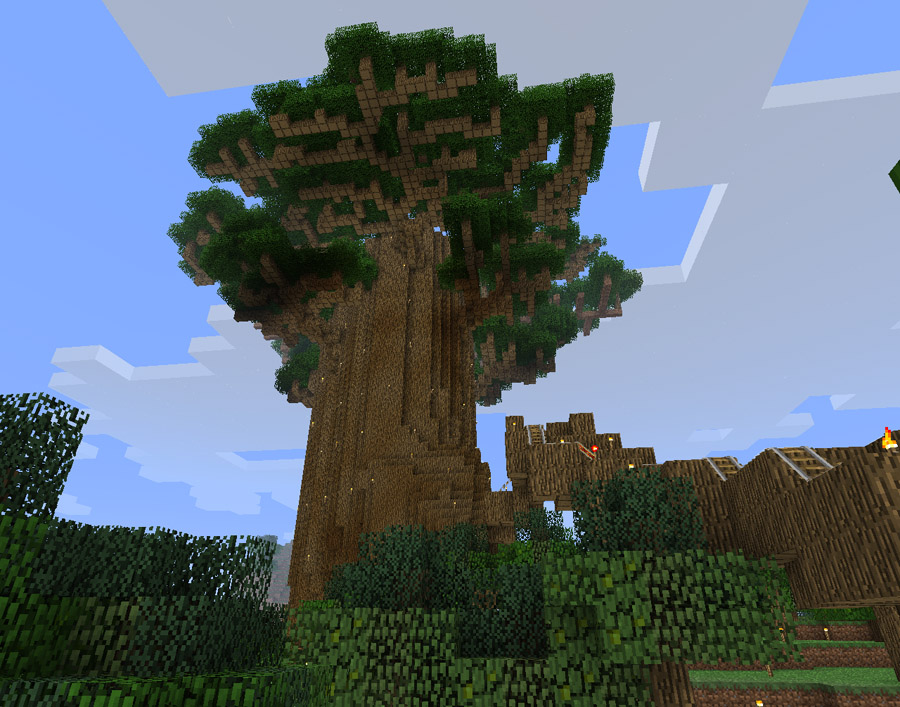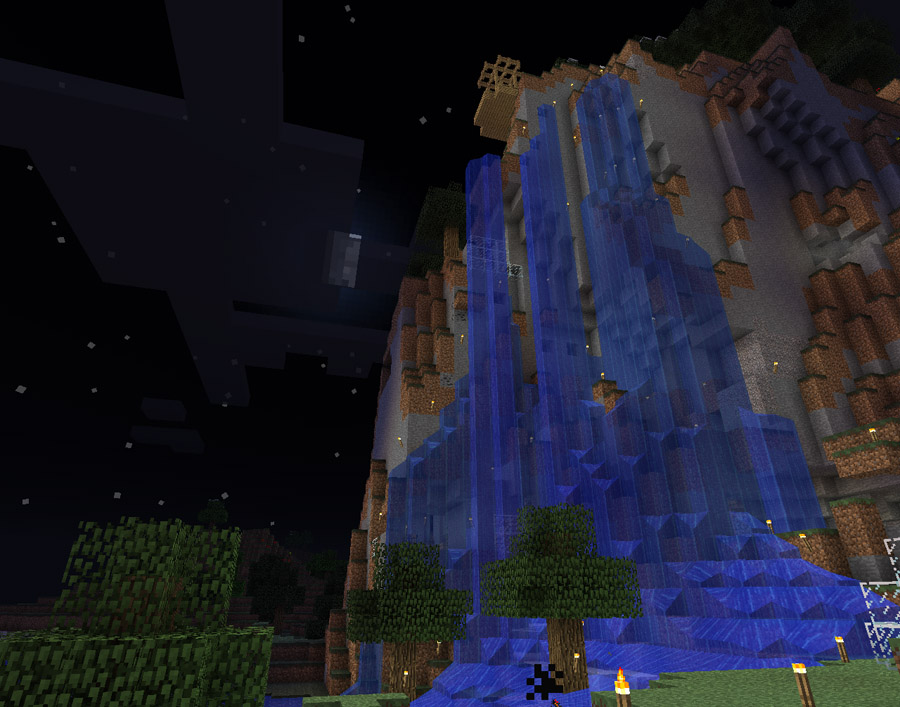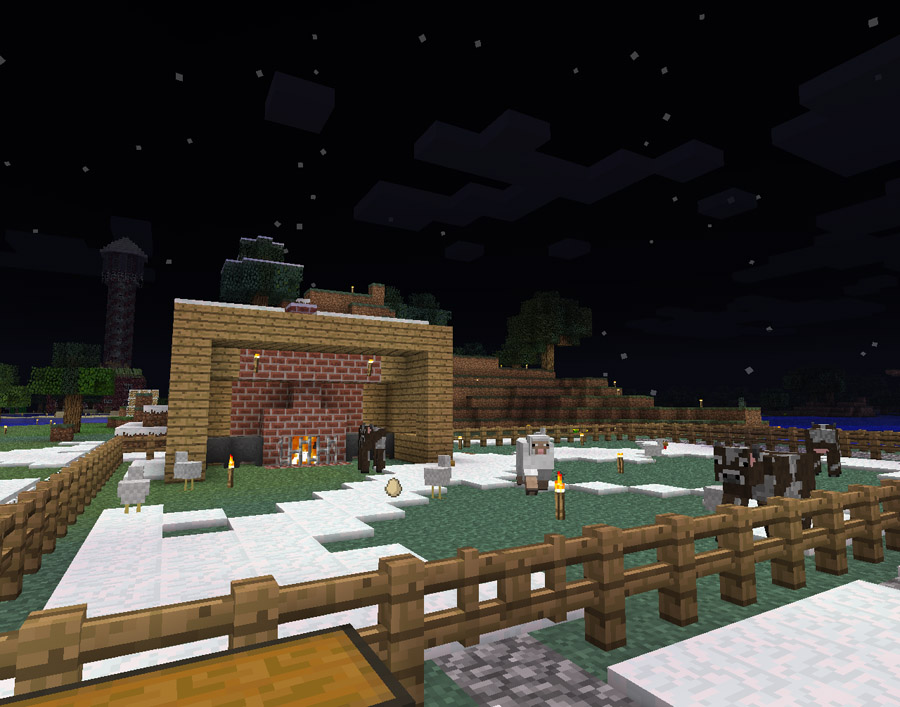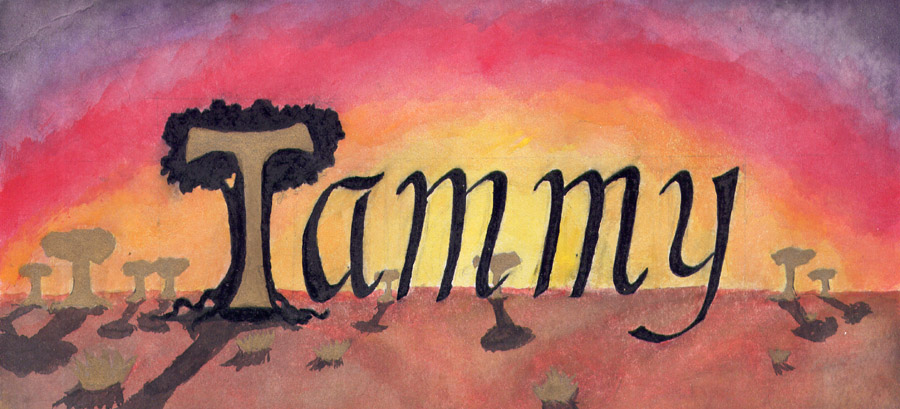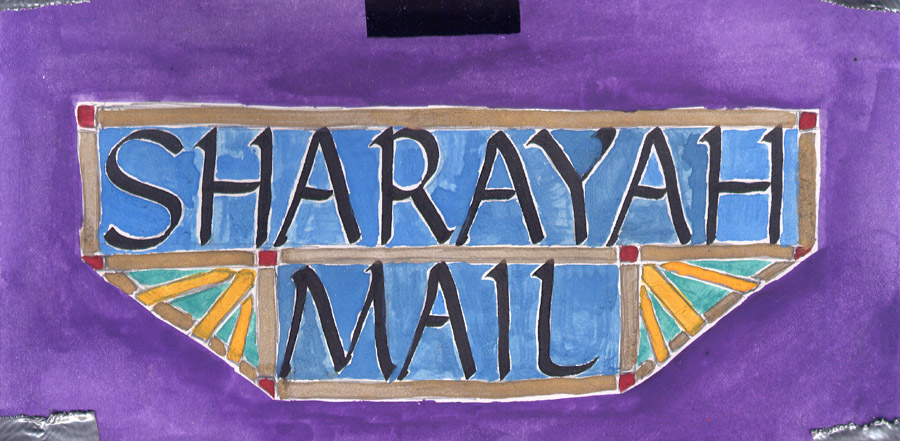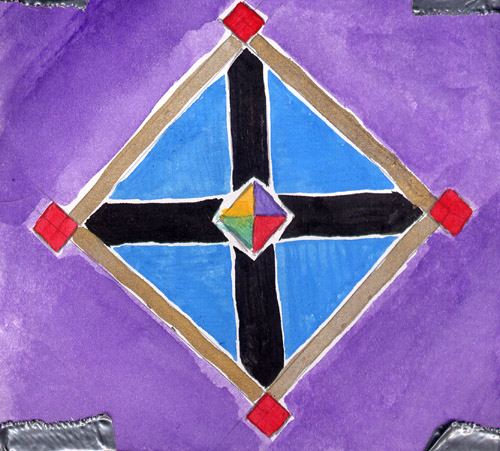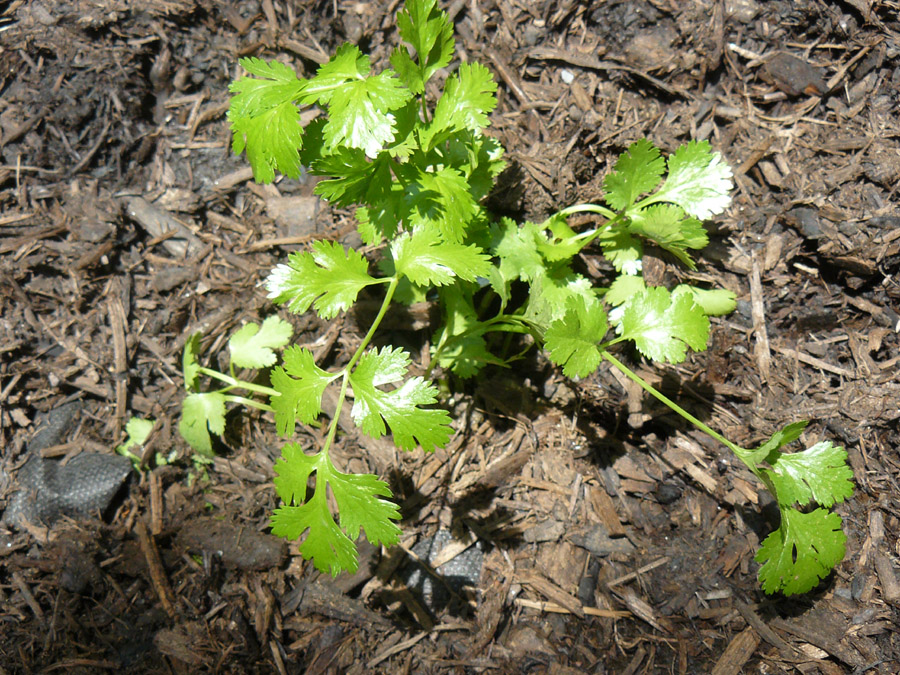 Location Taken: Savage, Maryland
Location Taken: Savage, Maryland
Time Taken: May 2010
My mom has a large number of gardens, which includes some crop plants as well. Every so often, I ask for certain plants to be included for my own use.
One year, I asked for cilantro. Well, technically, the plant is called coriander, but I think of it as cilantro. This plant has the odd distinction of providing two spices, known as coriander and cilantro. Coriander (the spice) is the ground up seeds of the plant, while cilantro is the leaves of the plant. As for why the different names, it comes down to which culture learned about which use of the plant. Coriander is the proper English name, while cilantro is the proper Spanish name. And the Mexicans, who as you know speak Spanish, love cilantro. Their cooking is full of these tasty leaves. Coriander is used much more by other cultures, mainly the ones near where the plant originated, in the strip from southern Europe to southwestern Asia. It’s frequently used for pickling, for instance. India uses both parts in its cooking, but then, Indian cuisine’s full of spices so it’s not at all surprising they tried all the parts of the plant.
There’s also an interesting aspect to cilantro. A small portion of people who eat it think it tastes like soap. Others, like me, don’t find anything soapy about it and enjoy it thoroughly. I found a well-written article on the subject on the NY Times site. There’s a high likelihood that there’s a genetic component, but it may also be cultural. Genetic causes to differing taste buds are pretty common, actually. There’s something called Supertasters, people who have a genetic quirk that makes them taste a wider range of flavors than other, especially in the bitter ranges. They tend to hate foods like broccoli and Brussels sprouts because they can taste certain unappealing compounds the rest of us don’t notice. So if your kid really can’t stand certain vegetables, they may not just be picky, it may actually taste horrible to them.
Cilantro’s oddity isn’t tied to taste buds, though. And it’s not tied to supertasting. Instead, it seems to be a scent problem. Cilantro leaves do release a scent containing compounds that are also found in soap, aldahydes. And if that’s the primary part of the scent you notice, the whole thing will taste of soap, even though the leaves contain far more compounds than just aldahydes.
Human taste is highly dependent on scent, actually. If you’ve ever noticed how food tastes differently when you’ve got a stuffed nose, that’s the cause. Your taste buds aren’t affected by the illness, but your sense of smell is. Up to 80% of the taste of food comes from smell rather than taste buds.
Well, at least for normal people.
You see, I have very little sense of smell. I catch a scent every so often, but otherwise, nothing. Well, there are some scents I can quickly detect: the ones I’m allergic to. I’ve got scent-based allergies to cigarette smoke and one (or more) of the chemical compounds found in most cleaning products and perfumes. They give me headaches. I have to do scent tests for any cleaning product I buy, even if it’s billed as “Scent Free”, and a large percentage of them give me an instant headache right after the test (which involves, well, sniffing it closely). I tend to only stick to the Green and Natural types of products, since they tend to lack whatever chemical it is I have issues with. Just walking down the aisles in the stores that stock such things can give me a headache. In some stores, just walking by the aisle, not even going down it, is enough.
As far as I can tell, I’ve always had this lack of a sense. Most people have scent-based memories (such as the classic “Apple Pie baking, reminds me of Grandmother” you see in a lot of media), but I’ve got taste-based memories instead. Now, my sense of taste isn’t activated as often as the sense of smell is for other people, but still, I can remember visiting Fort McHenry when I was young partly because of the excellent tuna sandwiches we packed for lunch that day (and how often do you remember what you ate one day more than a decade later). Because I’m lacking a sense of smell, my sense of taste became much stronger in response. This is quite common, actually. Many blind people become very good at hearing, and deaf people at seeing. But this does mean that my perception of food is different than other people.
I suspect it’s a large part of why I learned to cook, and what I choose to cook. Cooking’s not something my family is really big on. I’m largely self-taught, and have been cooking my own meals since I was tall enough to reach the stove properly. But, because of my strong sense of taste, I’m not content with pre-packaged food like many other people are. I find them boring, really. They’re geared for people with a standard sense of taste, aka highly scent based, and the taste components are, well, lacking. Plus, I can taste some of the preservatives they use, and just like Brussels sprouts are for supertasters, I really don’t like them.
Speaking of Brussels sprouts, I actually find a lot of my favorite foods are ones that others don’t care for. I’m quite fond of Brussels sprouts, broccoli, and vegetables in general. I like liver and onions (though I don’t care for caramelized onions), tofu and fish, and avocados and cilantro. There’s also a whole bunch of commonly liked foods I just find so boring that I can’t stand them, such as burgers and cake. Burgers almost always taste like cardboard, unless they’re very well seasoned, and cake is just a mass of carbs with no nutritional value. That’s one of the other odd aspects of my taste buds: I can taste nutritional value. Well, it’s not so much the taste buds as the bloodstream. For whatever reason, I can tap into the information provided by my body as it processes the foods to get a idea of how well certain foods are satisfying my nutritional needs. (My dad can do this too.) So I actually eat a rather healthy diet, full of veggies and low in sweets (which rarely provide much nutrition). I try very hard to have at least one or two vegetables in every meal.
This actually makes certain standard American meals tough for me, namely picnics. There is very little I actually like eating on the standard picnic menu. Hotdogs and hamburgers are really boring. The salads tend to be boring as well (iceberg lettuce should not be used as 90% of a salad, really), relying entirely on the dressing for flavor. Potato salad is almost always made with mustard, which I hate, and there’s just too many sugars in fruit for me to want to make a meal of it. Oh, and chips and soda, well, you know they have little nutritional benefit. I’ve always eaten really lightly when I’ve been at a picnic (or an event serving picnic food), more out of social obligation than anything.
But that’s a bit off topic, let’s talk cilantro again! As I mentioned above, cilantro’s soapy taste seems to be scent based. I don’t do scents. This is why I really like cilantro. I don’t detect anything soapy about cilantro myself, actually. Instead, it’s a really pleasant spice that acts similar to parsley, but has a zestier flavor that goes really well with the other things I tend to like cooking. My personal cuisine has a very large Mexican influence, partly because a large number of my favorite veggies fall in that cuisine (avocados, tomatoes, jalapenos, and the like) and partly because I’m rather fond of spicy food. Spiciness is another flavor element that has very little to do with smell, so it comes through just fine for me.
I actually don’t mind not having a sense of smell. Some of it’s the “I don’t know what I’m missing” element, I’m sure, but so many of my favorite foods are ones that so many people don’t like partly from their senses of smell. So I’m more of the opinion that they’re the ones who don’t know what they’re missing.
And the taste of food doesn’t change one bit when my nose is clogged, which is awesome.

